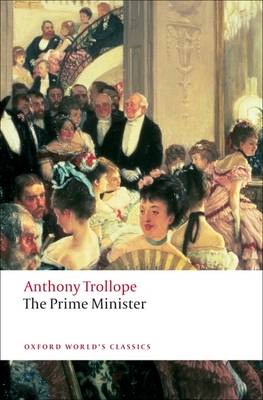
In this week’s
TLS,
Martha C. Nussbaum writes about the place of the arts in education, and bemoans the threat of education policy directed solely towards economic growth: ‘Citizens cannot relate well to the complex world around them by factual knowledge and logic alone. The third ability of the citizen, closely related to these two, is what we can call the narrative imagination.’
Nussbaum, from the remainer of the article, is clearly thinking of the ability of the arts to foster sympathy, ‘the ability to think what it might be like to be in the shoes of a person different from oneself, to be an intelligent reader of that person’s story’. The imaginative and abstract arts may be the key enablers of such ‘sympathy’, but narrative imagination, and the transformation of factual knowledge into action, can also be served by the humbler graphic arts.
Otto Neurath’s vision of
Isotype as an enabler of democracy through the clear presentation of data, and in a way that told a story rather than as an abstraction, surely provides us with an example of design being used for the Socratic ideal of an informed citizenship.
 This was the slogan LT used whenever they did something that the public would loathe, such as getting rid of trolleybuses. But in 1951 LT took its obligation to inform the public seriously, as its emphasis on the quality of its information design in this advertisement placed in the Festival of Britain Guide shows.
This was the slogan LT used whenever they did something that the public would loathe, such as getting rid of trolleybuses. But in 1951 LT took its obligation to inform the public seriously, as its emphasis on the quality of its information design in this advertisement placed in the Festival of Britain Guide shows.




